Remember a previous post (Diri ak djon djon) in which I said that I enjoyed eating rice of different colors? Well, the time has come to introduce another of my favourite; that is the “pinkish” one. This recipe of rice with red kidney beans is a basic side dish in Haiti and can be eaten with any kind of meat, poultry or fish.
While boiling, the red beans release a pinkish color and that stock is later used to cook the rice. Of course the redder the beans, the darker the rice will be.
Diri ak pois coles (rice and red beans)
| Serves | 2 |
| Prep time | 15 minutes |
| Cook time | 25 minutes |
| Total time | 40 minutes |
| Meal type | Main Dish, Side Dish |
Ingredients
- 1 cup of red kidney beans (the redder the better!)
- 5-6 cups of water
- 2 cups of long grain rice
- 1 onion (finely chopped)
- 2-4 garlic cloves, (finely chopped)
- 1/4 cup of cubed smoked ham
- Small amount of vegetable oil (2 tbsp or so)
- Salt, pepper and thyme to taste
- Ground cloves
- 1 green hot pepper (optional)
Directions
| 1. | Using a medium-sized pot, cook the red beans in 4 cups of water until tender (usually for around 2 hours) |
| 2. | Drain the beans and keep 4 cups of the bean water aside as it will be used to cook (and color) the rice |
| 3. | Using your medium-sized pot again, lightly fry the cubed smoked ham until golden and add the onion and the garlic. |
| 4. | Add the beans and season to taste; add the water used to cook the beans along with the ground cloves and the green hot pepper if desired; bring to a boil |
| 5. | Lastly, add the rice and cook for 20-25 minutes or until no standing water remains in the pot |
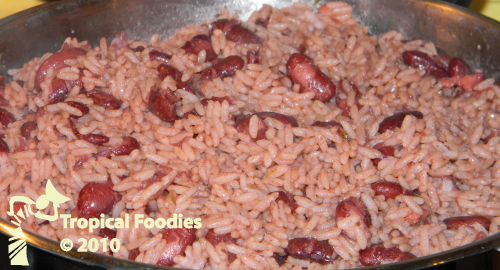
 Print recipe
Print recipe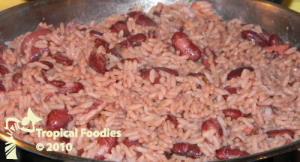


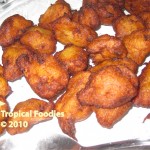
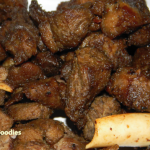
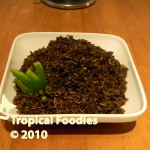
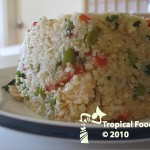
Kidney red beans are commonly used in chili soup chili con carne and are an integral part of the cuisine in northern regions of India. Red kidney beans are used in New Orleans and much of southern Louisiana for the classic Monday Creole dish of red beans and rice. The smaller, darker red beans are also used, particularly in Louisiana families with a recent Caribbean heritage. Small kidney beans used in La Rioja, Spain, are called caparrones.”:;:
http://www.caramoanpackage.comCheck out our personal blog site as well
Very nice! Thanks for the info.